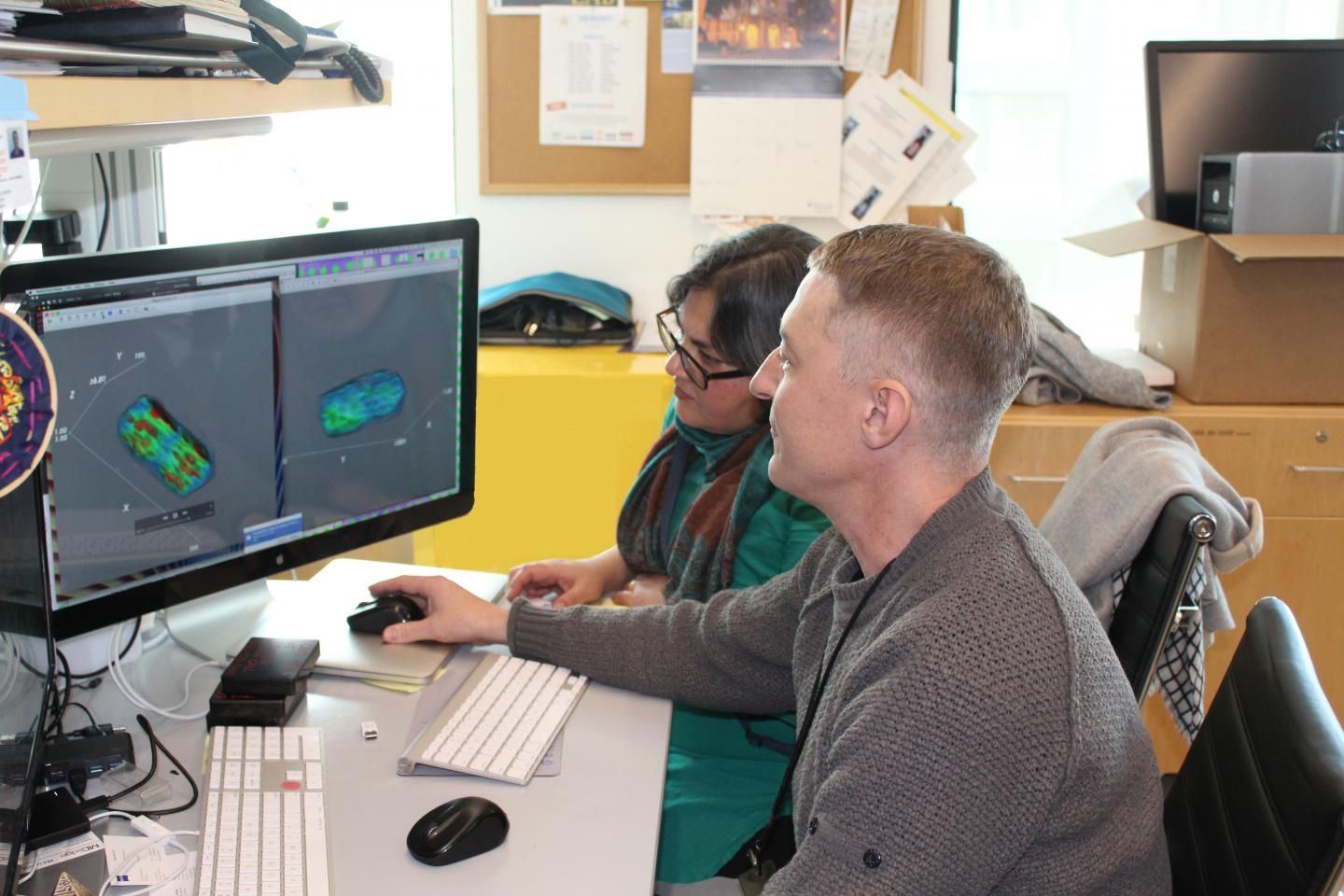Article
ALS Gene Expression Atlas Could Provide New Disease Insights
Author(s):
A new gene expression-tracking study, conducted under a novel computation, could provide investigators material to make diagnosis and therapeutic breakthroughs.

Hemali Phatnani, PhD; Silas Maniatis, PhD
Clinicians will now have new understanding of amyotrophic lateral sclerosis (ALS) onset and progression thanks to new gene expression mapping on patient spinal cords.
Spatial Transcriptomics, along with a novel computational method, has given investigators from the New York Genome Center (NYGC) findings that show how early changes in the rare neurodegenerative disease could potentially reveal new targets for diagnosis and therapy.
The new finding—bolstered by collaboration with the Simons Foundation’s Flatiron Institute, the Science for Life Laboratory, KTH Royal Institute of Technology, and New York University—can provide a concise gene expression location in the tissue. In assessing 4 different time points during ALS progression in a mouse model, as well as in postmortem spans cord samples, the transcriptomics opened a new door of assessment.
“It enables unprecedented interrogation of cell-to-cell interactions so that we can now examine and explore specific pathways in ALS where things are going wrong, where and in which cell types dysfunction is first seen, and how this spreads through the spinal cord,” Hemali Phatnani, PhD, director of the NYGC Center for Genomics of Neurodegenerative Disease (CGND), said in a statement.
Investigators were unable to provide comment at the time of publication.
The team collected 76,136 spatial gene expression measurements (SGEMs) from 1165 model tissue sections, as well as 61,031 SGEMs from 80 human tissue sections. The next-largest study to assess comparable spatially resolved transcriptomics had only observed about a dozen tissue sections in a single period, according to the study.
The large pool of data allowed investigators to detect gene expressions in 12,000 different locations across the observed tissue region. Though it’s commonly motor neurons that are considered most vulnerable in ALS, the neuron’s neighboring cells are also critical to observe, co-first author Silas Maniatis, PhD, a staff scientist at NYCG CGND, said.
"Our research focuses on understanding how disease-causing mutations disrupt the function of both neuronal and non-neuronal cells, and how disrupted interactions between the various cell types of the nervous system drive motor neuron loss in ALS,” Maniatis said. “Spatial Transcriptomics and the associated computational tools we developed in this study give us a superb view of these processes.”
Even more so, the matching of optimized technologies and novel approaches has provided investigators a framework by which they can assess and understand other neurological conditions, Maniatis said.
The multidimensional gene expression atlas is now available as an open resource to investigators via an interactive data exploration portal. The team anticipated collaborative research could lead to findings in Alzheimer disease, Parkinson disease, and Huntington disease.
Currently, 200,000-plus patients worldwide are inflicted with ALS, a debilitating disease which gives people a life expectancy of up to 5 years upon diagnosis. The insights pulled from this major, novel dataset could combat the disease burden and limited belt of resources imposed on this patient population.
The study, "Spatiotemporal dynamics of molecular pathology in amyotrophic lateral sclerosis," was published online in Science Journal.




